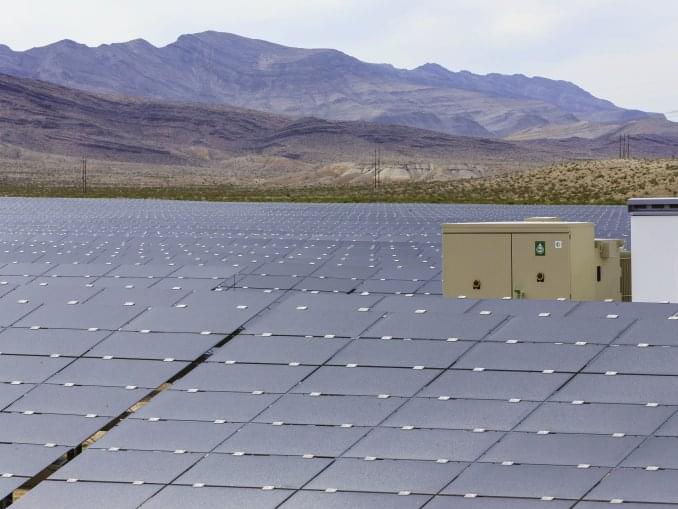Aug 22, 2022
Ingenuity Team Spun Up for Upcoming Flight 30
Posted by Wise Technology in categories: health, solar power, space, sustainability
It’s been over a month since we last updated our blog about our winter warrior, currently around 96 million miles away. At present the team is preparing for Ingenuity’s next flight, which could take place as early as this weekend. This 30th sortie will be a short hop – which will check out our system’s health after surviving 101 sols of winter, collect landing delivery data in support of NASA’s Mars Sample Return Campaign, and potentially clear off dust that has settled on our solar panel since Flight 29.
What’s Happened Lately
It’s still winter at Jezero Crater, which means overnight temperatures are as low as -124 degrees Fahrenheit (−86 Celsius). Winter at Mars also means the amount of solar energy hitting our solar panel remains below what is needed to maintain charge in our batteries both day and night. However, during the day the panel continues to create enough charge to make shorter hops possible. That’s what we did on Flight 29 and is our plan for Flight 30.


















